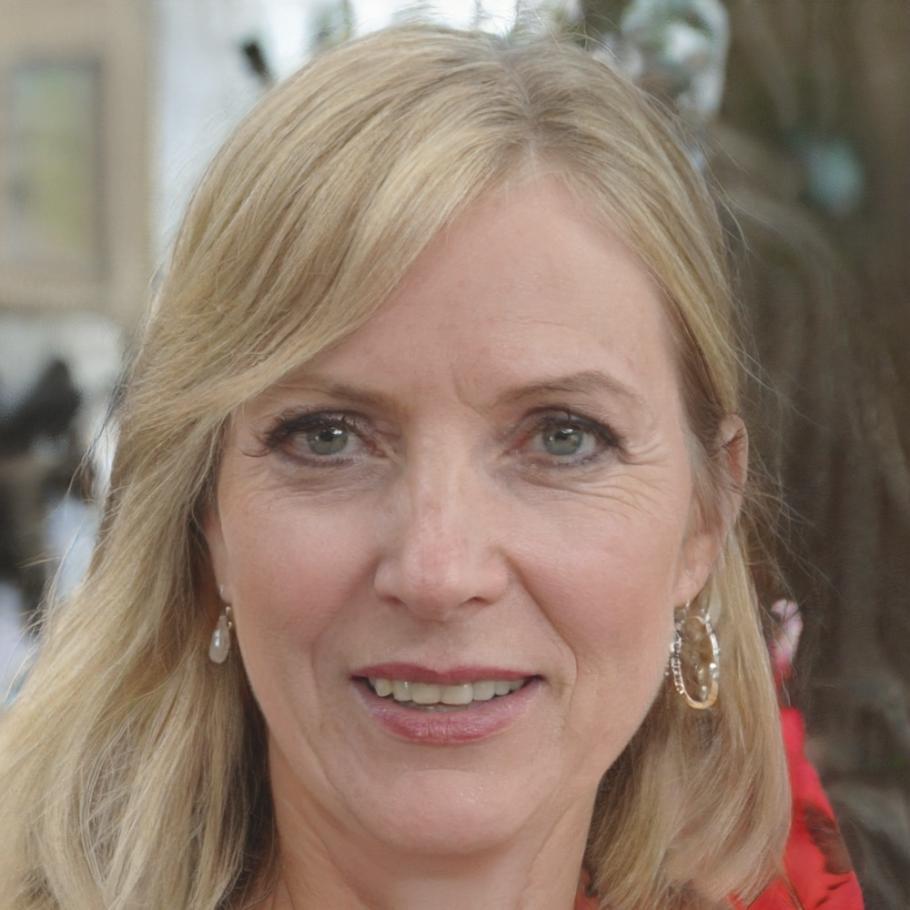Financial Analysis Training You Can Actually Apply
Eight months of focused learning starting September 2025. We dig deep into cash flow modelling, ratio analysis, and forecasting techniques that work in real Australian businesses.
Get Program Details
What Makes This Different
Look, there's plenty of finance courses out there. Most dump theory on you and call it training. We spend eight months working through actual company financials. Not textbook examples from 1997.
You'll see how ASX-listed firms structure their reports, where the important numbers hide, and why some ratios matter more than others depending on the industry. It's hands-on work with spreadsheets that look like the ones you'll encounter in practice.
- Work with anonymized financial statements from Australian companies across retail, manufacturing, and services
- Build forecasting models that account for seasonal variations we actually see in the local market
- Learn to spot warning signs in cash flow statements before problems become disasters
- Understand regulatory requirements specific to Australian financial reporting standards
The program runs from September 2025 through April 2026. That's deliberate timing so you can see how businesses report across different quarters.
How the Eight Months Break Down
Three main modules with progressively deeper analysis work. Each builds on what came before without rehashing the basics.
Financial Statement Architecture
First ten weeks cover how statements connect. You'll trace a single transaction through all three main reports and understand why the numbers have to reconcile.
Ratio Analysis & Interpretation
Twelve weeks on what ratios reveal and what they don't. Industry benchmarks, peer comparisons, and understanding when traditional metrics mislead.
Forecasting & Scenario Planning
Final twelve weeks building models that capture business reality. You'll create projections that account for multiple outcomes instead of pretending the future is certain.
Monthly Program Flow
Foundation work with balance sheets, income statements, and cash flow reports. Learning to read what's actually there rather than what you expect to see.
Deep dive into profitability, liquidity, and solvency metrics. You'll calculate dozens of ratios and learn which ones matter for different business types.
Building working forecast models with sensitivity analysis. Testing assumptions and understanding how changes ripple through projections.

Who Teaches This
Three practitioners who still work in financial analysis run the sessions. They're not full-time educators, which means they bring current examples from recent work. You'll hear about actual client situations, common mistakes, and what matters when someone's paying for your analysis.
The mix includes someone who works with manufacturing firms in regional NSW, another who focuses on service businesses in Sydney, and a third who analyzes listed companies for institutional investors. Different perspectives on the same core techniques.
Sessions happen Tuesday and Thursday evenings online, with monthly Saturday workshops where you work through longer case studies. The recorded sessions stay available so you can revisit complex topics.

Dashiell Thorpe
Manufacturing Analysis
Fifteen years analyzing production businesses across regional Australia. Good at explaining inventory accounting in plain terms.

Margot Castellan
Service Sector Focus
Works with professional services firms and tech companies. Knows how to analyze businesses with minimal physical assets.

Barnaby Quist
Equity Research
Analyzes ASX-listed firms for fund managers. Brings perspective on what institutional investors actually look for in reports.
What You'll Actually Build
By April 2026, you'll have a portfolio of analysis work including complete ratio analysis of five companies, three forecasting models with documented assumptions, and one comprehensive valuation project.
That valuation project is your capstone work. Pick any ASX-listed company, analyze their financials thoroughly, and build a defensible view of their value. You'll present your findings to the group and face questions about your assumptions.
The program costs cover all materials and access to financial databases we use. No hidden fees for case studies or extra sessions. If you need to miss a month due to work commitments, you can defer and rejoin with the next cohort starting March 2026.
